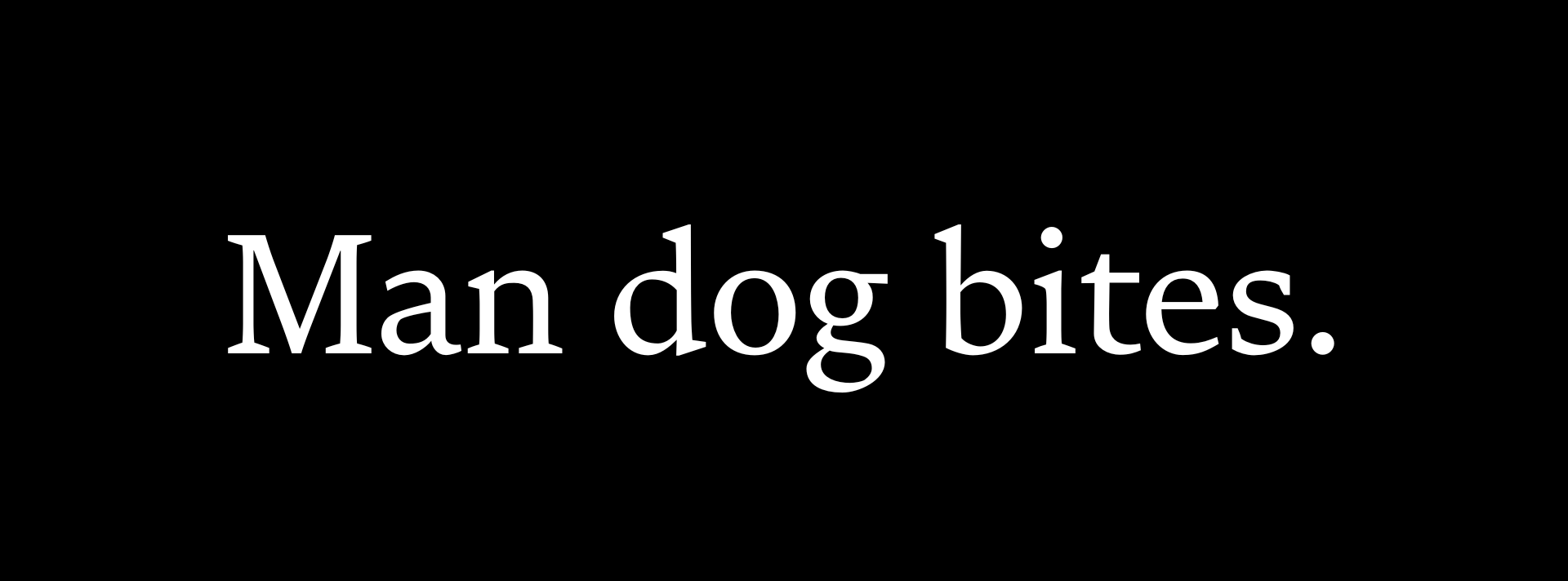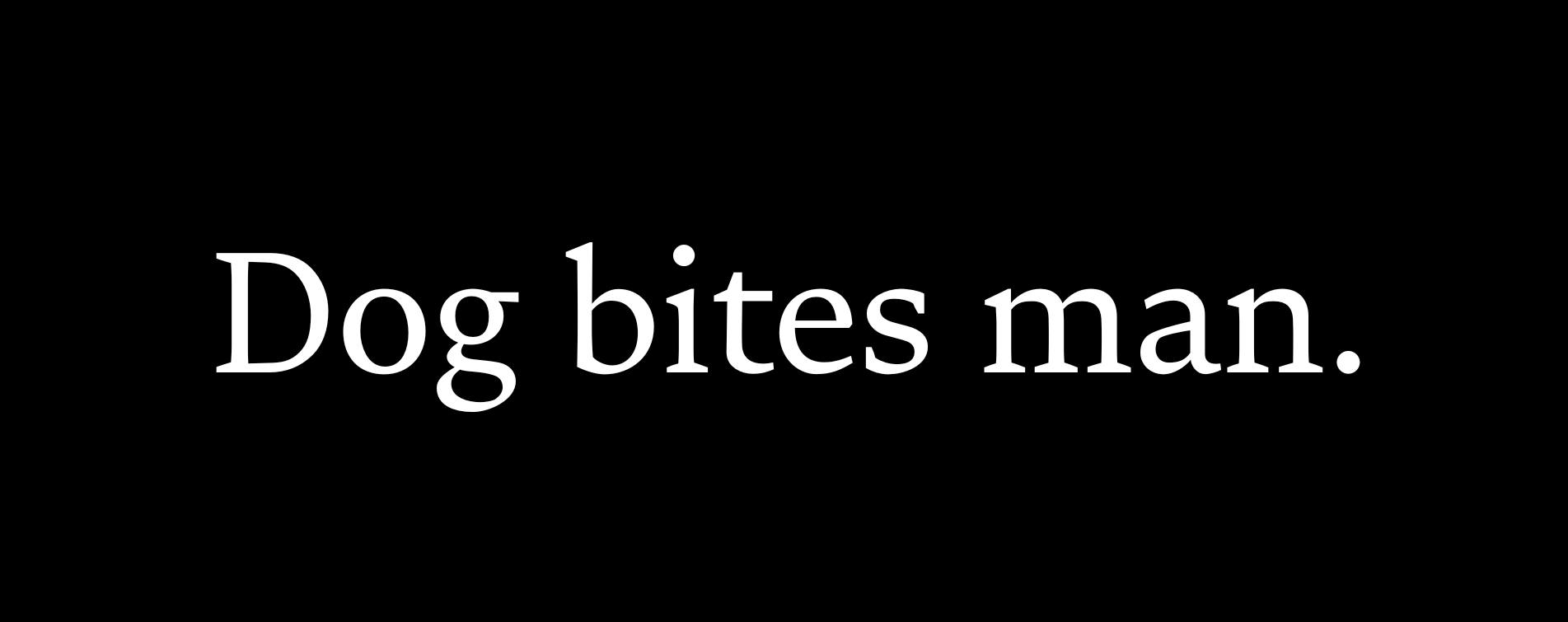I recently gave a talk on storytelling at a VC AGM. It gave me an opportunity to synthesize some new research and thinking and introduce some topics that aren't covered by others. Over the next few posts I'll talk about different approaches to storytelling that you haven't heard before.
First off, I strongly suggest founders take part in pitch competitions, but as a judge. Spend an afternoon listening to pitches and you’ll develop an intuitive understanding of which make no sense and which stand out. That’s the power of storytelling.
When you recruit co-founders, talk to investors, sell, market and even manage, you are storytelling. Anyone who’s run a management meeting knows how important it is to communicate your vision and strategy. Over, and over again.
Effectively hacking storytelling arms you with a powerful toolset you can use from day one.
How to make investors stop scrolling.
As a writer, teacher and investor, I’ve heard thousands of pitches. Taking a page from journalism, I can categorize the pitches I've heard into three buckets:

Think about it. You’ve heard this pitch before. 10 minutes in and you still don’t know what the startup does. The words seem familiar but the order is confusing and incoherent. Jargon is everywhere. Founders are so deep into their idea, they forget to take a step back and see how confusing it looks from the outside.
At pitch events I’ve been heard saying something like:
This is 50% of all pitches. Founders can do better!

Now this is an improvement! It’s logical, coherent. I get it. 40% of pitches are like this. Mission accomplished right?
Wrong.
This is sensible but forgettable. And forgettable will kill your startup. Forgettable means you are at the bottom of an investor’s inbox next to all the other pitches that sounds just like yours.
Would you stop scrolling if you saw “Dog Bites Man” as a headline? I don’t think so. It’s not newsworthy. Startups need stories that make someone stop in their tracks. Kind of like clickbait, but with substance.

Now, you’ve got my attention. It's unusual; I want to know more. We used the exact same words, but in a different order — and suddenly your pitch gets remembered.
Less than 10% of pitches I’ve heard are as good as “Man Bites Dog.” Its unexpectedness raises questions I want–I need–to answer. It’s still logical and coherent (it’s the same 3 words in a different order). But now I want to resolve this mystery. Until I do, this story has stuck in my mind.
I’ve been hacked!
Bridge the present and the future together.
Founders often pitch the future like it’s a fantasy. Always focused on the vision, but disconnected from the “now”. The problem with a fantastical vision is that no one believes it will happen.
Here’s the hack: make the goal of your story to bring the future into the present.
A pitch isn’t just a prediction. It is a narrative bridge between the future you envision and what you’ve built. It pulls the future into the present so it starts to feel real, and inevitable.
Don't just say “one day every SME will use our AI assistant.” Describe that future in hi-res detail. Then slowly pull that vision back into reality by going backwards through all the milestones and actions along your roadmap that make it inevitable.
Know the game you’re actually playing.
There is no luck in chess. You can see all the pieces, all the steps and make calculated decisions. The winner is the best player with the best strategy. Founders love to think building a startup works this way, i.e. that with the right framework and strategies, you win the game. When we marvel at successful startups we assume it was the result of a brilliant strategy executed by a grandmaster.
What founders often forget is one thing: uncertainty. Call it luck. Or things you can’t control. Or chaos.
Startups are like this. They’re messy. Definitely not chess. Poker is a better analogy. There is always hidden information, bluffing, patterns. Most importantly, there’s uncertainty.
As a founder, your job isn’t to play the perfect game. That doesn’t exist. Your job is to read the table and play the odds. Storytelling in this context becomes your way of shaping perception. It’s the signal you send across the table to say, “I know what I’m doing and I’m willing to bet on it.”
You are a used car salesperson (whether you like it or not).
When you pitch, you know more than the investor across the table. That could be about your technology, your risks, or the worries that keep you up at night. You're selling something they can't fully inspect, which is a classic example of information asymmetry.
It’s not that different from selling a used car. If you’ve ever bought a used vs. a new card you know what I’m talking about. The seller has more information about the car, specifically whether it’s a lemon. What you end up caring the most about if not the features of the car but how much you trust the seller.
No matter how new and shiny your startup is, it’s more like a used car than a new car. You aren’t selling a commodity with a blue book value. It’s a vision, a prototype — not a finished product. So who you’re selling to, e.g. investors, suddenly value not only what you’re selling but who is selling it.
This is where storytelling comes in. Tell it with confidence and clarity and you’ll satisfy not only the need to deliver information but also signal trust.
Where to go from here.
Whether your story is a confusing jumble of words or nice and sensible, the end result is the same: boring. Don’t settle for that. Aim for a world where people are biting dogs (just not my dog).
Understanding this mindset and the importance of signalling is the first step in hacking your storytelling. I'll be exploring signalling in the next post.
I'm always interested to hear your pitch stories. Drop a comment and let me know what's worked or what hasn't.




